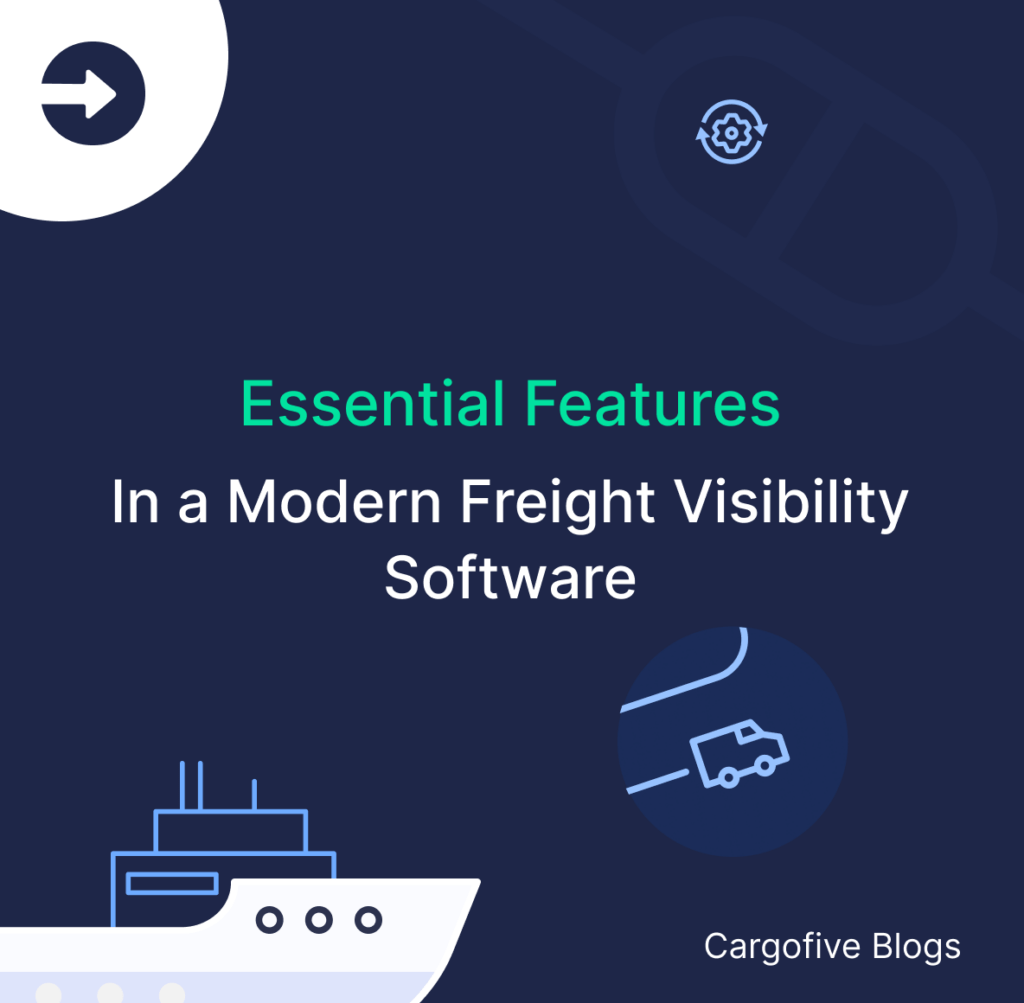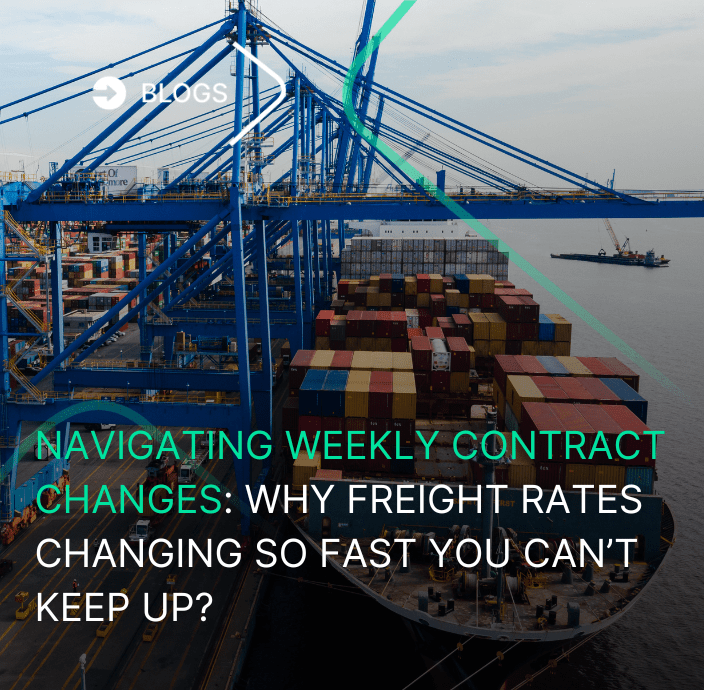Are there now smart containers? In 1956, the transport entrepreneur Malcom McLean and the mechanical engineer Keith Tantlinger created the first container, but perhaps they never imagined how much it would be changed, although more in its function than in shape. Nowadays, containers do not only serve to move merchandise around but also to provide information that significantly helps the entire maritime and international logistics industry.
Smart containers are taking over the sea shipping. It was a matter of time before the maritime industry went beyond simply automating or digitizing the routine work processes in offices, ports, and terminals.
There is an imminent need to seize the impulse of the new digital era to look for an answer to one of the greatest questions of all times: what happens with containers after loading them on ships until they arrive again at the port – if they arrive? And to answer that, disruptive technology turned a common container into a smart container.
A smart container receives this qualification when it is able to serve as a communication and information channel between it and digital shipping lines, as well as with digital freight forwarders and import and export companies.
What do smart containers offer to global trade?
The carriers that are going digital have already started using smart containers, thanks to the alliances they have built with technology companies such as Traxens, for example, to digitize their fleets as well.
Traxens provides a device that is installed in dry cargo containers and that automatically connects to the internet. It is capable of transmitting real-time information about location, movements, temperature, humidity, shocks, and vibrations, as well as the containers doors’ opening and closing, which optimizes the load security matter. With Traxens, shipping lines such as MSC and Maersk have already agreed to use 50,000 smart containers, while CMA CGM has the first full vessel that loads 18,000 of these containers, the Bougainville.
Hambürg Sud, on the other hand, is the carrier with the most refrigerated smart containers (370,000) that have RCM (Remote Container Management). The system uses mobile and satellite radio technology to monitor in real-time the refrigerated container and the status of the load inside it, including oxygen and CO2 levels, as well as location, among other factors.
Zim Lines is another digital shipping company with a smart containers fleet, both refrigerated and dry cargo, that has its own tracking and load control system called ZIMonitor.
And although there are other carriers and technology companies focused on the development and use of this innovation, this issue does not only favor shipping lines, ports 4.0 also aim to take advantage of this new industry’s advance.
Rotterdam’s port, in association with several companies related to the global supply chain, took the initiative to create Container 42, the smart container that has caused the biggest stir nowadays. It represents a mass storage of information that will be collected over a 2-year trip (counted from May 24 of this year, when it left Rotterdam) through different routes and ports, in order to obtain as much data as possible that will help different industry players to optimize their resources, processes, etc., which aims to improve all of the global trade logistics.
It is great that carriers, freight forwarders, and customers used to the instantaneity offered by the internet and new technologies, can connect with their cargo from a laptop, tablet or phone. Without a doubt, we can predict that more and more smart containers will be taking over the sea.
AUTHOR



